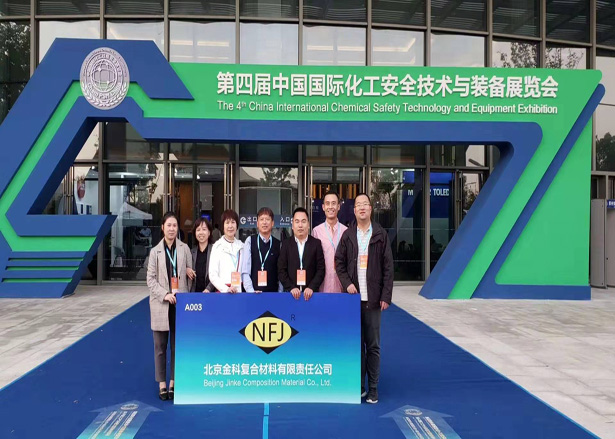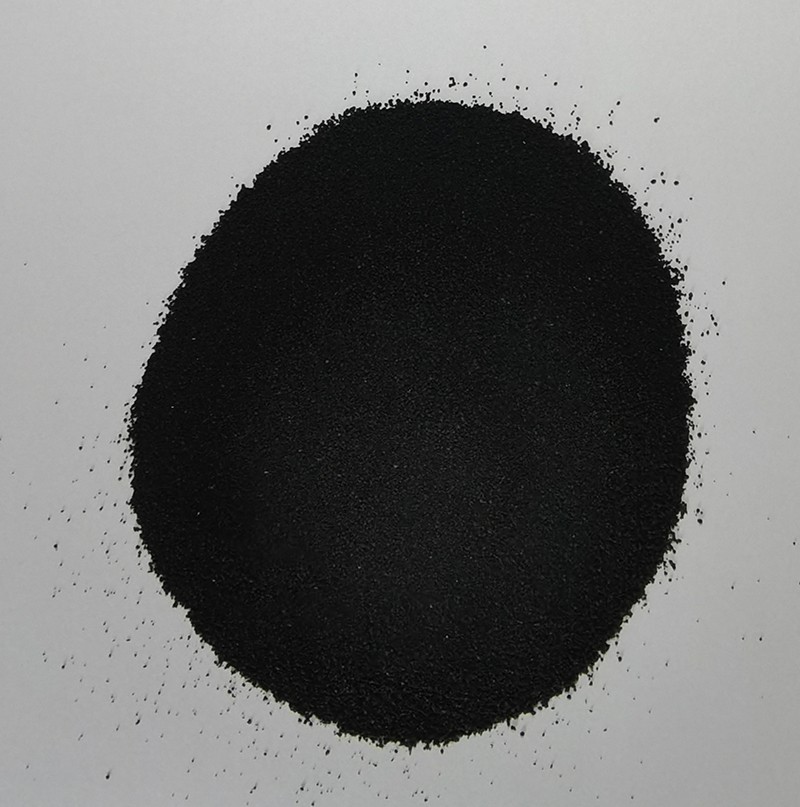## Understanding Inorganic Friction Powder for Train Brakes
Inorganic friction powder plays a crucial role in the performance of train brake systems. These powders, primarily composed of compounds such as metal oxides, silicates, and carbon-based materials, are meticulously engineered to ensure safe and reliable braking in various rail applications. The effectiveness of inorganic friction powder is rooted in its unique properties and mechanisms.
The fundamental working mechanism of inorganic friction powder relies on its ability to generate friction under the conditions that occur during braking. When the brake pads made from this powder are pressed against the train's brake discs, the high surface area and the micro-textured nature of the particles enhance friction. This friction not only slows down the train but does so efficiently, ensuring minimal wear on the brake components and prolonging their lifespan.
Key components of the inorganic friction powder include binders, fillers, and modifiers. Binders are essential as they hold the particles together, providing structural integrity to the brake pad. Fillers, which can include various minerals and synthetic materials, are often added to enhance specific properties such as thermal conductivity and wear resistance. Modifiers, on the other hand, fine-tune the performance characteristics, improving the material's response to temperature changes and its overall effectiveness in diverse environmental conditions.
Advanced technology plays a pivotal role in both the production and application of inorganic friction powders. Modern manufacturing processes utilize automated systems and precision engineering techniques to ensure consistency, quality, and enhanced performance of these materials. For instance, the use of computer-controlled mixing and compaction equipment helps achieve a uniform distribution of components, leading to improved friction coefficients and stability during operation. Furthermore, advanced testing methodologies allow for real-time quality assessments, ensuring that each batch meets stringent industry standards.
A practical application scenario can illustrate the efficiency of inorganic friction powder: consider a high-speed train braking from a speed of 300 km/h. The rapid deceleration requires a material that can withstand high energy dissipation; inorganic friction powders excel in this scenario due to their superior thermal stability and friction characteristics. This allows for effective braking without compromising the safety or integrity of the braking system.
In conclusion, inorganic friction powder serves as a backbone for efficient and effective train braking systems. Through the integration of advanced technologies in production and the careful selection of components, these materials ensure the safety and reliability that modern rail transport demands. For further details or inquiries, suppliers and manufacturers are encouraged to contact us.
Show More >>
PRODUCTS
You are welcome to contact us at any time, please write the message here and we will reply you in 24 houre. thanks foryour support.



